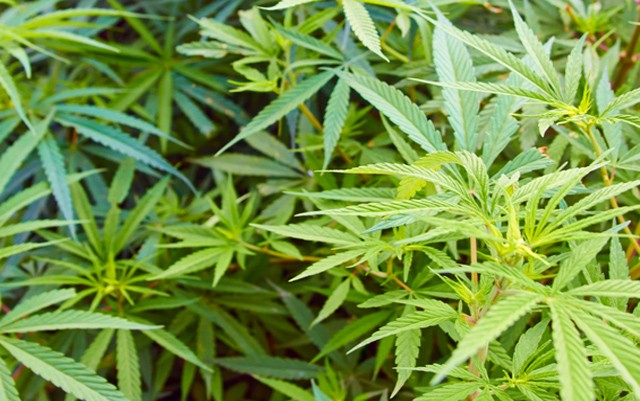Back when cannabis was put in the Controlled Substances Act, there was no differentiation between cannabis plants that produce psychoactive marijuana and the non-psychoactive plants that become industrial hemp. This meant that while the substance they considered to have dangerous potential was now banned, so was a plant that was used to create cloth, food items, lotions and much more. A crop that was once a fundamental part of our country would not be planted legally for decades.
In recent years there have been as many as 28 states that have legalized the cultivation of industrial hemp – despite what the federal law has said. Around 18 years ago, in 1998, a petition had been filed with the Drug Enforcement Administration that would have taken industrial hemp out of the CSA, but unfortunately, in 2002 the DEA responded by denying the petition under the reasoning that the federal government doesn’t “make any distinctions based on the percentage of controlled substance contained in (or potentially derived from) the plant.”
Now in the last two weeks the DEA has received two separate petitions that aim to remove industrial hemp from the definition of cannabis in the Controlled Substances Act – and while you would think it will be denied with the same answer as it was over a decade ago, there is actually a slightly better chance that they will decide to grant the petition this time around. The first petition was filed by the Kentucky Hemp Industry Council and the second was filed by an Oregon attorney named Courtney Moran and an environmentalist named Andy Kerr.
The reason these petitions might have a better chance than ones in the past is because in 2014 the government started what they call the Farm Bill, which authorized the growth, cultivation and marketing of industrial hemp under a pilot program in each state that has individually legalized the cultivation of industrial hemp. At this point, the government has definitely made a clear distinction between marijuana and hemp – defining industrial hemp under the Farm Bill as “the plant Cannabis sativa L. and any part of such plant, whether growing or not, with a delta-9 tetrahydrocannabinol [THC] concentration of not more than 0.3 percent on a dry weight basis.”
In light of the newly found definition that separates the different types of cannabis, marijuana and hemp, on a legal level, there is a chance that the DEA will decide to grant the petition. In each petition hemp is defined as marijuana with a maximum THC content of 1% – which is the same as in West Virginia, while most states cap THC for hemp at 0.3%. The reason for leaving the cap at the higher 1% is so that there can be more diversity in growing different strains for different purposes, just like with marijuana.
While removing hemp from the Controlled Substances Act would not necessarily help those hoping to legalize marijuana, it is still a huge step forward. The country loses money every year by importing industrial hemp products when we could be growing it ourselves and exporting it, like we did before Reefer Madness condemned all forms of the plant for years to come. The DEA has also said they would decide on whether or not to knock cannabis down to Schedule II (or remove it, though it’s unlikely) by mid-year, which is more or less here – so perhaps they will be announcing their decision on both petitions at the same time. If that’s the case, we will be hearing something from the DEA in a matter of time and hopefully they will make the sensible decision for both forms of the cannabis plant.






